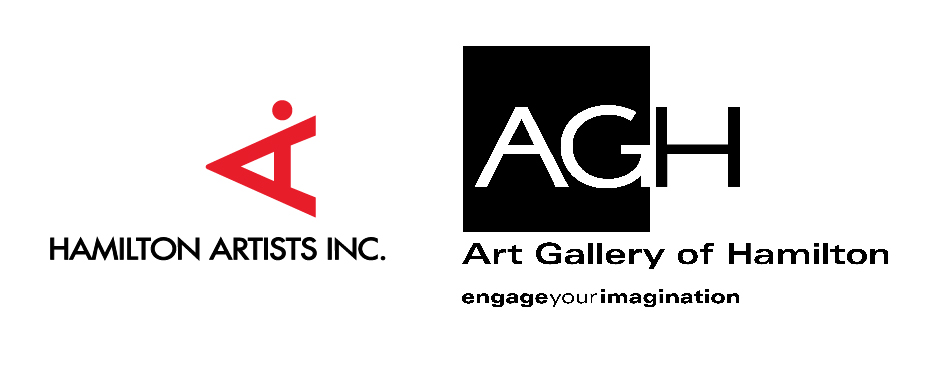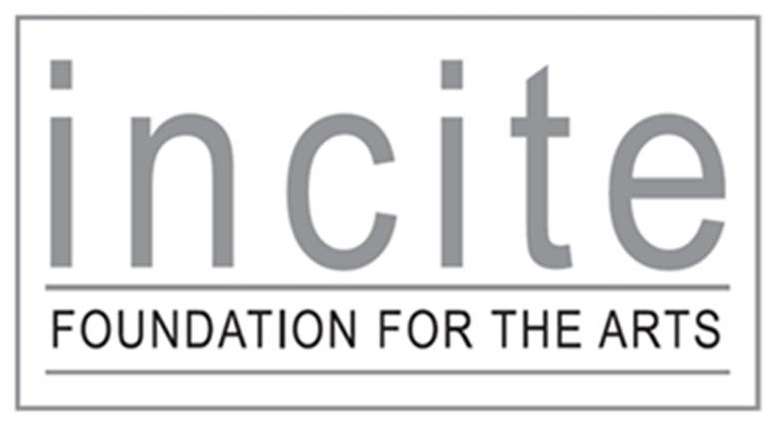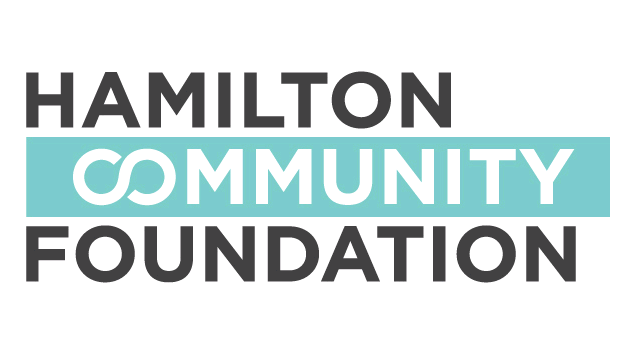Gallery Closure
The gallery is currently closed until Friday, December 12th. In the meantime, consider submitting a piece of work to our upcoming annual members show, SWARM!
The gallery is currently closed until Friday, December 12th. In the meantime, consider submitting a piece of work to our upcoming annual members show, SWARM!
Photophobia is the annual festival of short-format contemporary media, film, video and moving image hosted in partnership between the Art Gallery of Hamilton and Hamilton Artists Inc. Established in 1999, Photophobia was Hamilton’s first film and video festival dedicated to the development of experimental time-based media at a time when there were no such platforms in the Hamilton community. The Art Gallery of Hamilton and Hamilton Artists Inc. are once again partnering to showcase contemporary practitioners who test the boundaries of the medium in 2017. Not confined by restrictions or themes, Photophobia is a free, two-part screening series presented under the cover of night in the Irving Zucker Sculpture Garden at the Art Gallery of Hamilton and the ArcelorMittal Dofasco Courtyard at Hamilton Artists Inc.
Program:
Jo-Anne Balcean, Mount Rundle, 2014. (3:42)
Mount Rundle is about coincidence, destiny, self-affirmation, and the unpredictable nature of the creative process. The video centers on a small landscape painting the artist made at the age of twelve. Unbeknownst to her at the time, she was painting a vision from her future: Mount Rundle, the iconic mountain that looms large over the Banff Centre for the Arts. It’s where she would find herself on an artist residency twenty-five years later, experiencing a poorly timed case of creative block.
Jo-Anne Balcaen (b. 1971 in La Broquerie, Manitoba) is a Montreal-based artist whose art practice extends across a variety of media including installation, sculpture, photography video, and text, bringing together references as diverse as popular music, the art world, and cultural management. Her work has been presented throughout Canada, the US and Europe, including solo exhibitions at Truck (Calgary), AceArt (Winnipeg), eyelevel gallery (Halifax), and Galerie Clark, La Centrale, and Galerie B-312 in Montreal. She has received several provincial and national arts grants, and has attended residencies at the Banff Centre, and the Canada Council’s International Residency at the ISCP in New York.
Elizabeth Chitty, Bridging Twelve, 2016. (5:14)
In Bridging Twelve, aerial video footage tracks the Twelve Mile Creek from Burgoyne Bridge to Glendale Bridge in St. Catharines, a distance of about 2.6 km mid-‐way in the creek’s 20 km path. We hear the sound of electricity being generated in the oldest continually-‐operating hydro-‐ electric station in Canada, Decew Generating Station 1, and excerpts from the annual reports of the Hydro-‐Electric Power Commission of Ontario for 1942-‐44, when Decew 2 was built to increase electrical power generation for war industries. Decew is just upstream of Glendale Bridge and marks the point of transformation of the creek from its natural course.
Interdisciplinarity has been at the core of Elizabeth Chitty’s artistic practice for 41 years. Her performances may reflect dance or performance art lineages and respond to concert settings or social practice; her literacy spans the gallery, stage, and public realm. Her installations and performances are usually video-‐based including sound components. She has created public artists’ gardens, videos, photographs and worked with community-‐based strategies. Since 2008, much of her work has explored water in North Niagara.
Abedar Kamgari, Pare, 2016. (15:20)
In Pare, I have filmed myself in the process of removing my facial hair. It is an authentic and unexaggerated representation of an ordinary beauty ritual. Viewers watch me conducting this banal, every day act in the privacy of my bathroom. Looking in on me in one of my most vulnerable moments, viewers are inextricably implicated as voyeurs and perpetuators of societal expectations placed upon women, especially upon women of colour. By watching me perform the repetitive and mindless task of waxing, viewers are slowly made aware of the peculiarity of such a ritual and are asked to question its necessity and merit.
Abedar Kamgari is an emerging Hamilton-based artist working in photography, video and performance. She has lived in three countries, five cities, and seventeen different houses. Her practice focuses on an exploration of identity via an investigation of immigrant experience. The perception and representation of immigrant women within Canadian society are ongoing areas of research fuelling her practice. Abedar's work has been exhibited in Canada and the United States and is held in private collections in both countries.
Alex Kisilevich, Walker, 2014. (2:53)
In Walker, a medical aide walker is prepared in a radiant costume, as it performs a dance to Saint Saëns’ The Swan, played on Theremin.
Alex Kisilevich is an artist living and working in Toronto, Canada. His work has been featured in publications such as Magenta Foundation's Flash Forward, BlackFlash Magazine and Canadian Art. His photographs have been exhibited internationally, including a recent exhibition at Louis B James Gallery in New York
Thomas Kneubühler, Forward Looking Statements, 2014. (3:55)
A conference call by investors of a planned iron mine provides the soundtrack for a ride over the land, which the company wants to exploit. The land in question is a traditional hunting ground for the Inuit community of Aupaluk, located in Canada's far North. The village has already been relocated in 1980 and is now again under threat. The term forward looking statements is used in the world of investors to describe future events which are subject to certain risks and uncertainties.
Thomas Kneubühler’s current projects deal with Canada’s far North, where he investigates how technology and the extraction of natural resources effect the people and the land. Originally from Switzerland, he has been living in Montreal since the year 2000, where he completed a MFA at Concordia University in 2003. Since then, his projects have been presented in exhibitions and screening in both Europe and North America.
Josephine Massarella, Light Study, 2013. (12:00)
Light Study is a poetic examination of the wetlands, forests, and ecosystems of the Niagara Escarpment World Biosphere. Using techniques such as flicker, pixillation and time-lapse photography, filmed entirely in single frames over a three-year period, Light Study explores the unique landscape of the Bruce Trail in 16mm. Here, nature presides over an ephemeral human element, its primordial essence both medium and agent of light's eternal change. Soundtrack composed by Graham Stewart, member of the experimental music collective Viosac.
Josephine Massarella is an independent filmmaker based in Hamilton, Ontario. Her award winning films have screened at festivals world-wide, including Canada, USA, India, Bangladesh, Malasyia, Korea, Japan, Australia, Brazil, Europe, and the UK. Her formal education includes a Master of Arts in Cultural Studies from Athabasca University, a graduate certificate in Advanced Film and Television from Sheridan College, and a Bachelor of Arts degree in film at the University of British Columbia. Josephine also teaches introductory filmmaking and cinema studies. Her recent poem, No End, was published in the Journal of Integrated Studies Vol 7, No 1 (2016).
Andrew O’Connor, The Unfeeling Universe, 2016. (1:00)
We are cut, we are fallen. We are become part of that unfeeling universe that sleeps when we are at our quickest and burns red when we lie asleep.
Andrew O’Connor is a Hamilton, ON based visual artist, animator and designer. O’Connor has a combined B.A. (Honours) Degree in Studio Art and Multimedia from McMaster University and an Ontario College Post-Graduate Certificate (Honours) in Computer Animation from Sheridan College. He is also a co-founder and curator of Hamilton Audio Visual Node (HAVN) and a resident video artist for The Burlington Shebang group.
Carla Veldman, Uncle Antlers, 2016. (5:22)
Uncle Antlers is the story of a friendship between a young girl, Myrtle, her imaginary companion, Uncle Antlers, and the ways in which their friendship grows and changes over time.
Carla Veldman is an animation filmmaker and stop-motion enthusiast. A lover of stories and the tactile world of puppet animation, she also enjoys books, bugs, bad puns, and Boggle

Photophobia is made possible through project support by the Incite Foundation, Mohawk College and the Hamilton Community Foundation

